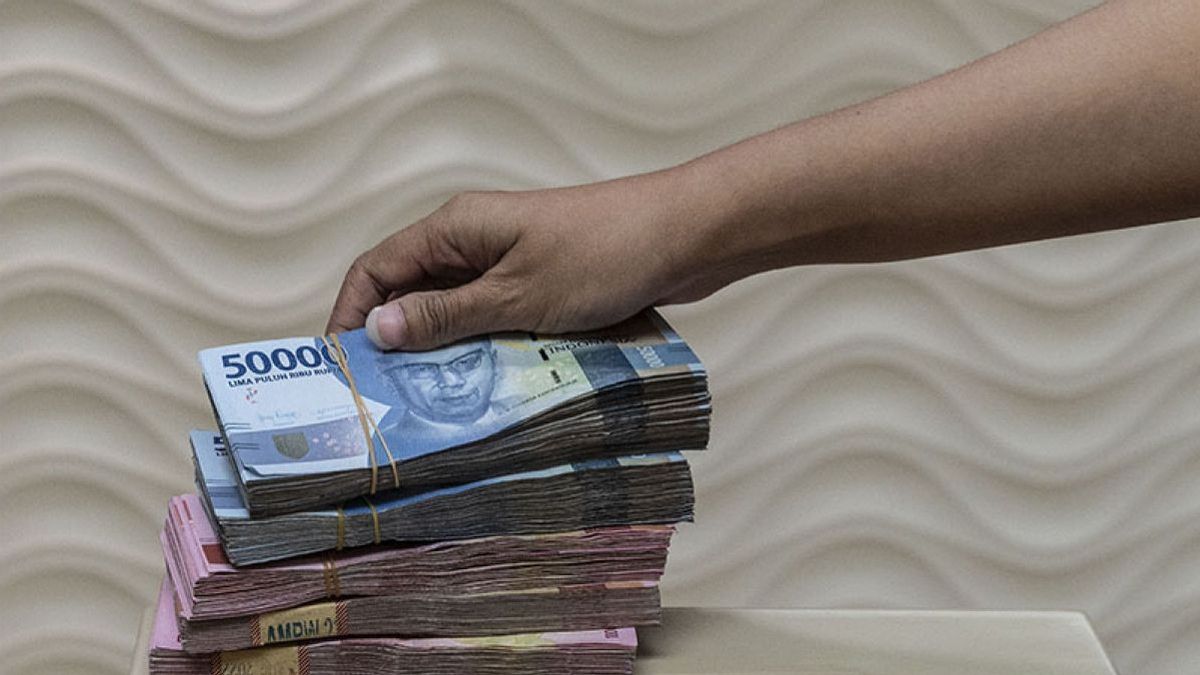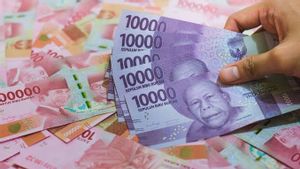JAKARTA - The rupiah exchange rate on Tuesday, March 5, 2024, is expected to weaken again against the United States (US) dollar.
Quoting Bloomberg, the Rupiah exchange rate on Monday, March 4, the rupiah spot exchange rate was closed down 0.24 percent Rp15,742 per US dollar. Meanwhile, the Jakarta Interbank Spot Dollar Rate (Jisdor) of Bank Indonesia (BI) closed lower by 0.17 percent to a price level of Rp15,723 per US dollar.
Director of PT Profit Forexindo Berjangka Ibrahim Assuaibi said PCE data puts increasing geopolitical tensions due to the Israeli-Hamas conflict and the Houthis attack on the Red Sea voyage raises concerns that global economic growth will fade.
"The Iranian-backed Yemeni Houthi group vowed on Sunday to continue targeting British ships in Aden Bay after the sinking of British-owned Rubymar," he said in a statement quoted on Tuesday, March 5.
Then, consumer sentiment data that is weaker than the estimates and data on the PCE price index that are in line sparked this assumption over the past week.
Speculation about interest rates puts Fed Chair Jerome Powell's upcoming testimony at the main focus, where analysts expect he will reiterate that interest rates will stay short.
This week's focus is also on nonfarm payroll data for February, which will be released on Friday, given that the power of the labor market is also one of the Fed's main considerations for adjusting interest rates.
In addition, traders avoid big bets ahead of the 2024 National People's Congress. Beijing is expected to launch more stimulus measures to support a slowing economic recovery, especially as the country grapples with a property market crisis and a deteriorating deflation trend.
From an internal point of view, Indonesia's manufacturing Purchasing Manager Index (PMI) in February touched a score of 52.7, down from 52.9 in January. Even so, the Manufacturing PMI is still relatively expansive.
Based on the S&P Global index, the Manufacturing PMI score is supported by manufacturing production which tends to increase in February. In addition, the growth rate also tends to be solid, although it has decreased from January.
Based on the S&P release, the increase was driven by the increasing number of new jobs that came in, as well as improvements to the demand condition. This also stimulates new demand which has increased for nine consecutive months.
On the other hand, foreign demand for manufactured products has stagnated. S&P revealed that most of the stock in some export destination countries is still quite abundant, so it does not encourage new orders.
PMI data in February sent Indonesia's manufacturing increasing since the beginning of the year. Solid domestic demand does support growth, but foreign demand that stagnates in February must always be observed.
SEE ALSO:
Although it has not had a direct impact on the above average price increase, diverting the cost load continuously could trigger a significant increase in the costs of the months to come resulting in demand growth.
In general, sentiment among Indonesian manufacturing companies in February improved, in line with indicators that lead to a future like a new peer, suggesting that the output will continue to grow in the short term.
Ibrahim estimates that the rupiah will fluctuate but closed lower on trading Tuesday, March 5 in the price range of IDR 15,730 - IDR 15,790 per US dollar.
The English, Chinese, Japanese, Arabic, and French versions are automatically generated by the AI. So there may still be inaccuracies in translating, please always see Indonesian as our main language. (system supported by DigitalSiber.id)
















